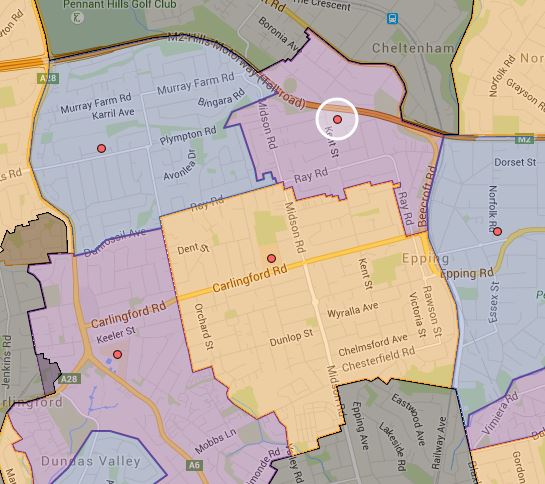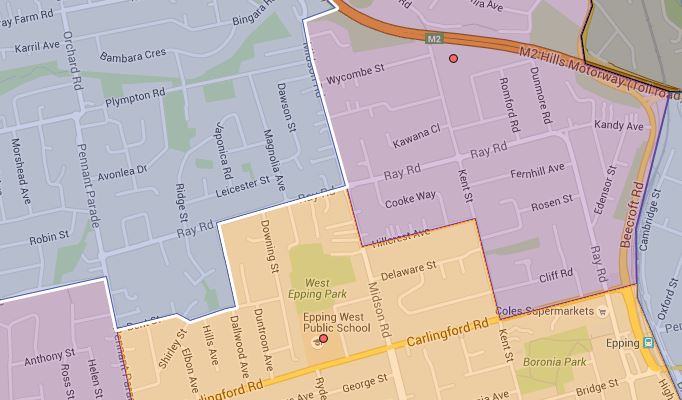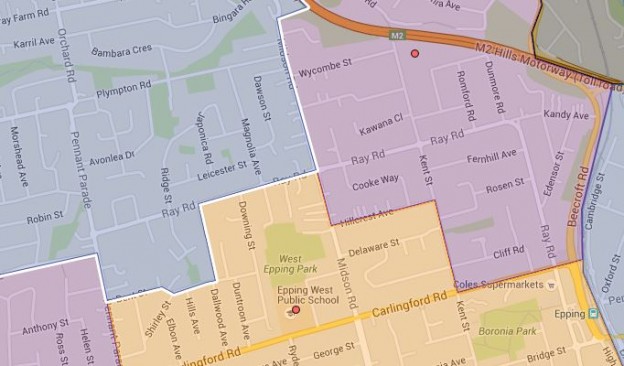Reading this study has been very interesting and also educational experience for me. Let’s first get some data down
About six in 10 or more of all children starting school get through early and middle childhood with the kinds of academic and social skills needed for later success. Similar numbers complete school and are fully engaged in education or work by their mid-20s. For this large group of young Australians, the education and training system works well and they succeed across all stages, making the most of the opportunities that the system provides. #1
Success at each stage varies by Indigenous status, language background, region and gender, and by the socio-economic status background of students. Only 68.3 percent of children born to parents in the bottom fifth of family socio-economic status are school-ready, compared with 84.8 percent of children in the top fifth. The disparity is similar in the middle years. Strikingly, only three in five from the bottom fifth (bottom two deciles of socio-economic status) complete a Year 12 certificate or equivalent by age 19, compared to more than four in five from the top fifth. Finally, socio-economic status affects the likelihood of economic success in the transition to adulthood, with 85 percent of those born into the top fifth being fully engaged in education, training or work at age 24, compared to just 65 percent of those in the bottom fifth. #2
The effects of student disadvantage are quite strong in Australia compared to other countries, partly due to the extent of segregation and effects of differences in the concentrations of disadvantage on the performance of individual learners, and the education providers that they attend. #3
The climate and effectiveness of schools are also influenced by ‘push-down’ from systemic effects in postschool education and employment. Australian school leavers are caught in a difficult position, between an increasingly constrained labour market, which pushes young learners (especially women, who have lower uptake of apprenticeships) towards tertiary education, and competitive thresholds for university entrance. The squeeze at this critical transition point has severe consequences for learners who have not stayed on track throughout their schooling, and who are thereby disadvantaged in relation to their peers in accessing tertiary study and employment. While the system offers some ‘second chances’ that benefit many of these learners, data indicates that these are not accessed by some of the groups most in need. This means that the differences in educational opportunity that arise in the course of learners’ progress through the education and training system translate to inequalities in life outcomes at adulthood, reducing equity, productivity and social cohesion in Australian society. #4
Let’s do some conclusion of my own
- Socio-economic status is the biggest “predication” factor that on how well each student reaching the milestones and perform academically.
- Early childhood education matters.
- School matters, particular in NSW and VIC, less so in other states.
- Failing to reach earlier milestones can have cumulative affect later on.
- The high levels of segregation of students in Australia, due either residential segregation and the sector organisation of schools, tend to reinforce patterns of inequality and strengthen differences in school performance. This means that students from disadvantaged socio-economic status backgrounds tend to do worse because of the extent of segregation. #5
Let’s hope your guys enjoyed this as much as I did and will try to blog more regularly in the future.


